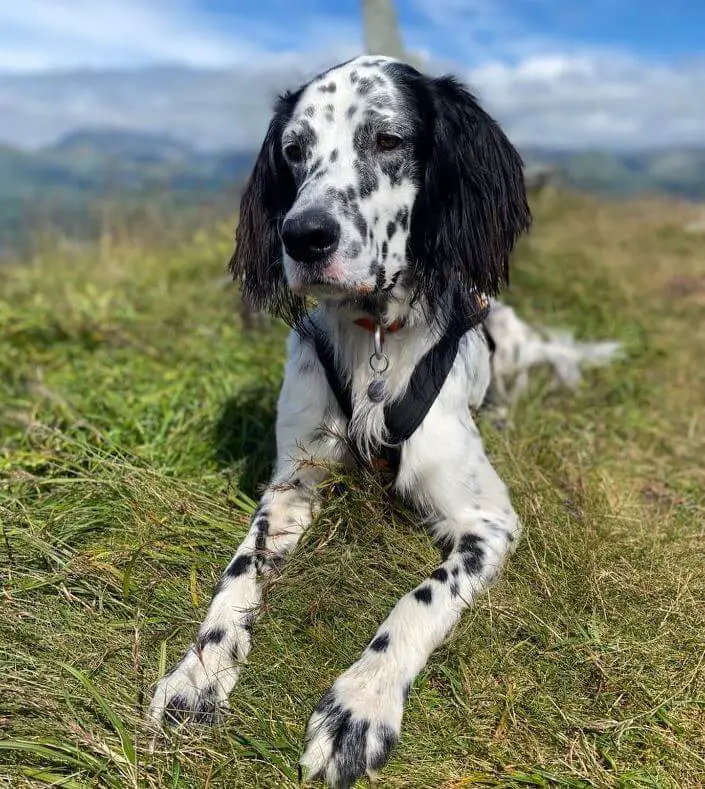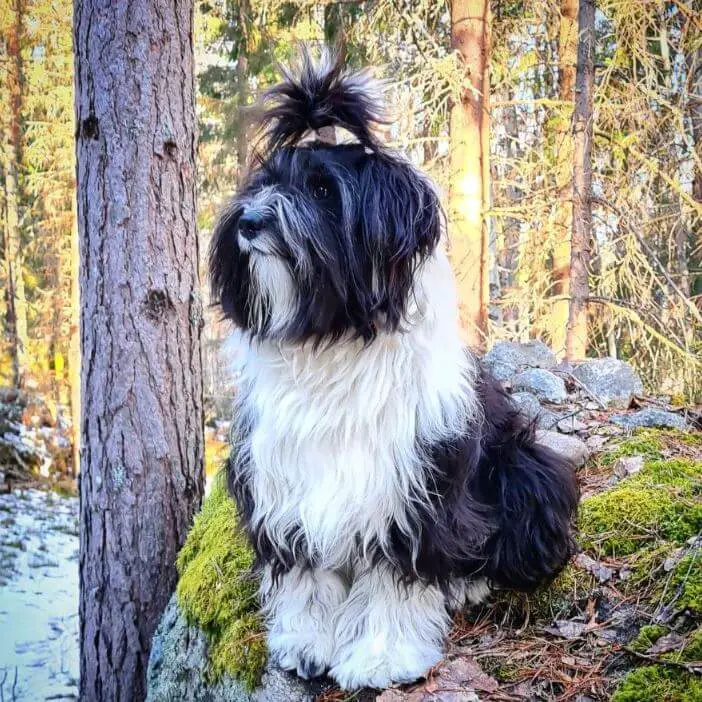While the thought of lice might conjure images of human scalps, did you know that dogs can also be susceptible to these tiny pests? Dog lice, while not as common as fleas or ticks, can still become a nuisance for your furry friend. In this article, we’ll delve into what dog lice are, how they can affect your pet, and most importantly, how to prevent and manage these unwanted guests.

Unveiling Dog Lice:
Dog lice are small, wingless parasites that infest your pet’s coat. These insects feed on the blood of their host and can cause discomfort and itching. Two primary types of dog lice exist: chewing lice and sucking lice. Chewing lice primarily feed on dead skin, debris, and hair, while sucking lice feed on blood.
Recognizing the Symptoms:
Detecting lice infestation in dogs can be challenging, as the symptoms can overlap with other skin conditions. Look out for these signs:
- Persistent Scratching: Excessive scratching, biting, or licking can indicate the presence of lice or other parasites.
- Hair Loss: Infested areas may show hair loss due to constant scratching and biting.
- Skin Irritation: Redness, inflammation, and skin irritation can result from lice bites and your dog’s scratching.
- Restlessness: If your dog seems unusually restless or uncomfortable, lice infestation could be a cause.

Avoiding Dog Lice:
Preventing dog lice is key to maintaining your pet’s well-being. Here’s how to avoid them:
- Regular Grooming: Regular grooming sessions help you detect any abnormalities in your dog’s coat. Brushing and bathing keep their coat clean and minimize the risk of lice infestation.
- Isolation: If your dog comes into contact with other dogs, especially in communal areas like parks or boarding facilities, ensure they are free from lice. Isolate your dog if you suspect any infestation in other pets.
- Clean Living Space: Keep your dog’s living area clean and well-maintained. Regularly wash their bedding, toys, and other belongings to prevent lice from spreading.
- Regular Check-ups: Routine visits to the veterinarian include skin checks, ensuring any potential issues are caught early.
Managing Lice Infestation:
If your dog has contracted lice, take immediate action:
- Consult a Veterinarian: A professional diagnosis is crucial for proper treatment. Your vet will determine if your dog has lice and recommend the appropriate course of action.
- Prescribed Treatment: Your veterinarian may recommend medicated shampoos, sprays, or topical treatments to eliminate lice.
- Thorough Cleaning: Clean and disinfect your dog’s environment, including bedding, toys, and living space, to prevent reinfestation.
- Preventive Measures: Even after treatment, continue preventive measures to avoid recurrence.

While dog lice might not be as common as other parasites, understanding their presence and knowing how to prevent and manage infestations are crucial for your pet’s health and well-being. By being vigilant, maintaining proper hygiene, and seeking professional guidance, you can ensure your furry friend stays lice-free and enjoys a comfortable, itch-free life.
